As Natalie Batalha searches for life outside our solar system, the celebrated astrophysicist and her colleagues often gather around the whiteboard in her UC Santa Cruz office. It’s reminiscent of the cinematic chalkboards used by genius scientists in movies like “Oppenheimer,” filled with symbols and equations representing breakthroughs in physics and the understanding of the universe — even of life itself.
Batalha’s whiteboard is filled with jottings, notes for a proposal to observe several exoplanets, including twin Neptunelike planets orbiting a star more than 160 light years away from our sun. But she laughs at the “Oppenheimer” reference and recalls how her friend, the essayist Maria Popova, once asked if she wrote poetry.
“I sent her a picture of my whiteboard,” Batalha says. “My poetry to the universe.”
The East Bay-reared planetary astronomer often rhapsodizes about science, sharing how the abstract concepts she tackles in her work allow her to ponder some of the big questions that have long fascinated poets, artists and philosophers: Why are we here? How did life start? Are we alone in the universe?
Natalie Batalha, a UC Santa Cruz professor of astronomy and astrophysics and the scientific lead of NASA’s Kepler mission, talks during an interview in her office on Nov. 15, 2023, in Santa Cruz, Calif. (Dai Sugano/Bay Area News Group)
“A lot of people would throw up their hands and say, ‘We’re never going to know the answers to these questions,’” Batalha, 57, says. “But maybe it’s possible to understand the mystery of all these things. That’s how I approach my life: that all these mysteries or truths are knowable. We just have to keep looking.”
Batalha’s search for answers has led to some remarkable achievements. She served as the scientific lead of NASA’s Kepler mission, which confirmed the existence of more than 2,700 exoplanets — planets outside our solar system — including some that might be capable of sustaining life. Her analysis also led to the 2011 discovery of Kepler-10b, the first confirmed rocky planet outside the solar system. Time magazine named her one of the 100 most influential people in the world in 2017.
Batalha, who also taught at San Jose State from 2002 to 2012, now leads a team of astronomers using the James Webb Space Telescope to study the atmosphere of exoplanets discovered by the Kepler telescope. She envisions a time when detailed analyses of these planets could point to evidence of life outside the galaxy – if not intelligent beings like E.T., then at least signs of plant photosynthesis or gasses that suggest the presence of microbial life.
“With space telescopes like James Webb and ground-based projects, we keep hoping there is going to be some big breakthrough that is going to completely transform fundamental physics,” she says. “I think the first evidence of life beyond Earth is going to be like that.”
When Batalha speaks, she comes across as the science teacher you always wished you’d had. But an academic career was not something she ever imagined, when she was growing up in San Pablo and El Sobrante. Her path to professor and NASA scientist was, she says, “circuitous.”
From an early age, Batalha searched to understand “how to have a meaningful life.” At age 10, she told her not-particularly-religious parents she wanted to learn more about her mother’s Catholic faith — but decided she was done with organized religion when the bishop conducting her confirmation disparaged Galileo. As a teenager, she briefly toyed with the idea of becoming a philosopher.
Instead, she began her undergrad years at UC Berkeley as a business major. But she was entranced by the 1980s Shuttle missions and a meeting with astronaut Rhea Seddon, a Cal alum. Then a physics lecture on light refraction brought an epiphany — and a change of majors. As she observed the way light rays create a rainbow of colors on an oil-slicked rain puddle, her professor wrote out mathematical equations to explain the phenomenon.
“It struck me as profound, beautiful even, that the universe follows mathematical laws,” she says.
Hoping to understand our own sun, Batalha studied sunlike stars at both Cal and UC Santa Cruz, where she earned a Ph.D. in astrophysics. And it was at Cal that she met her future husband, Celso Batalha, a graduate student from Brazil who is now a professor of physics and astronomy at San Jose’s Evergreen Valley College. They moved to Danville in 2000, where they raised their four children, and then in 2018 to Santa Cruz, when she joined the UCSC astronomy and astrophysics faculty.
It was some 20 years earlier that Batalha became intrigued by the growing number of exoplanet discoveries. She began working with Bill Borucki at NASA Ames Research Center in the late 1990s on what would become the Kepler mission, a space telescope which launched in 2009. The mission searched for Earth-sized planets beyond the solar system using transit photometry, a then-emerging technology which detects exoplanets by observing when the brightness of a star dips as a planet crosses in front of it.
During her two decades with the mission, Batalha also helped build a robotic observatory, a precursor to the Kepler telescope, at the Lick Observatory on Mount Hamilton and helped select the 200,000 stars Kepler would monitor in the constellation Cygnus. The mission found that 20 to 50 percent of stars are orbited by small, possibly rocky planets whose distance from their parent star puts them in the habitable zone — neither too hot nor too cold to prevent liquid water from pooling on the surface — and that the galaxy is full of diverse planets that don’t exist in our solar system.
SInce the Kepler telescope was retired in 2018, Batalha has focused on observations made by the James Webb telescope, which was launched in 2021. Last year, her team announced it had found evidence of carbon dioxide in the atmosphere of WASP-39b, a Saturn-mass planet that orbits a star about 700 light years from Earth.
Batalha occasionally works with her daughter, Natasha Batalha, a NASA Ames planetary scientist and astrobiologist who studies the atmosphere of planets. “We’re complementary,” Batalha says. “I do observational astronomy. She does theoretical astronomy.”
Batalha believes Natasha got hooked on science when she made her own first “discovery” at around age 5. It was 1996, when Batalha, then in grad school, drove her four kids to a spot where her colleagues were observing the comet Hyakutake. Before Batalha could tell her children the surprise that was in store, Natasha looked out the car window and asked, “What’s that?”
The moment taught Batalha that all kids need moments when they can “understand that science is about wonder and awe.” Adults can feel that wonder, too. That’s one reason she has become involved in projects such as Popova’s Universe in Verse, which showcases famous poems that celebrate “the marvel and mystery of life.”
Popova organized a 2022 poetry reading at UC Santa Cruz, where Batalha read Robinson Jeffers’ epic, “The Beginning of the End,” which describes the birth of Earth, the “interwoven mystery of the mind” and the “whole glittering universe.”
“I can go out in the community and do public lectures,” Batalha says, “but I also think that poetry and art communicate the wonder of scientific discovery to a completely different audience and in a completely different way.”
Related Articles
U.S. Poet Laureate Ada Limón’s ode is headed for the stars
What’s that bright object in the night sky? Here’s a guide
In Mountain View, NASA and aviation history go hand in hand with cocktails
Space out at NASA’s immersive exhibits at the Chabot Space and Science Center in Oakland
NASA Ames builds the future. What’s next?
As much as Batalha longs to experience that “Copernican” moment when humans find evidence of life on another planet, she realizes it may not happen in her lifetime. There’s a star “next door,” Proxima Centauri, which is orbited by a planet in the habitable zone. We could launch a spacecraft to reach it and take pictures, she says, but the planet is 4.2 light years away, so the mission would be “intergenerational.”
“The people who build it aren’t the people who get the answer,” Batalha says. “That’s the nature of science: You spend your career trying to answer all these questions, and it only generates more questions. You see quite clearly your contributions to building that knowledge, but there is never an end.”


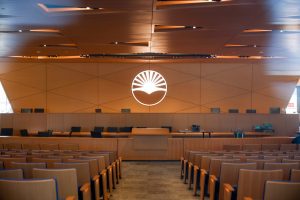
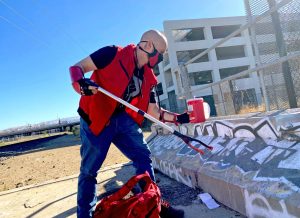
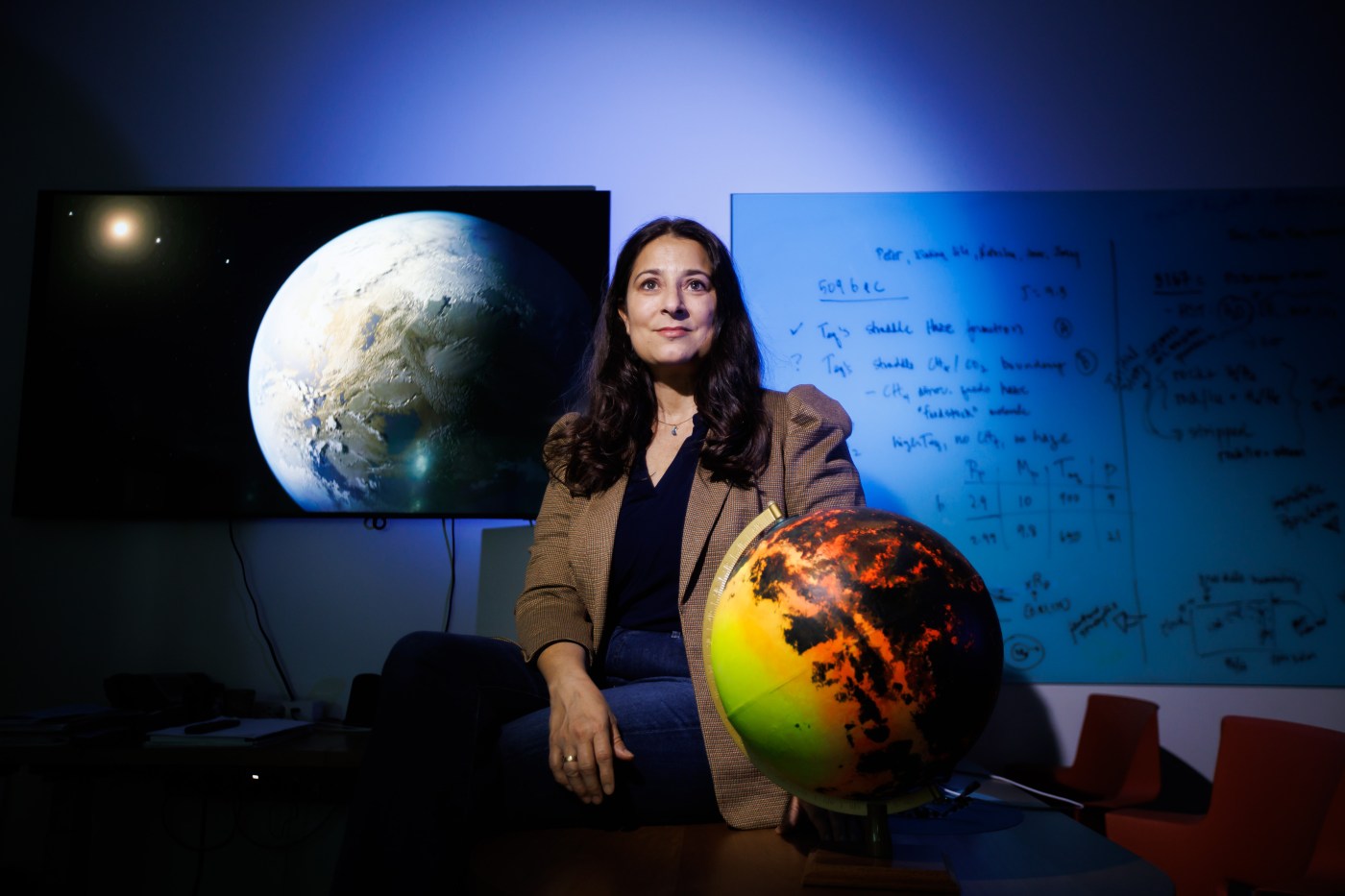



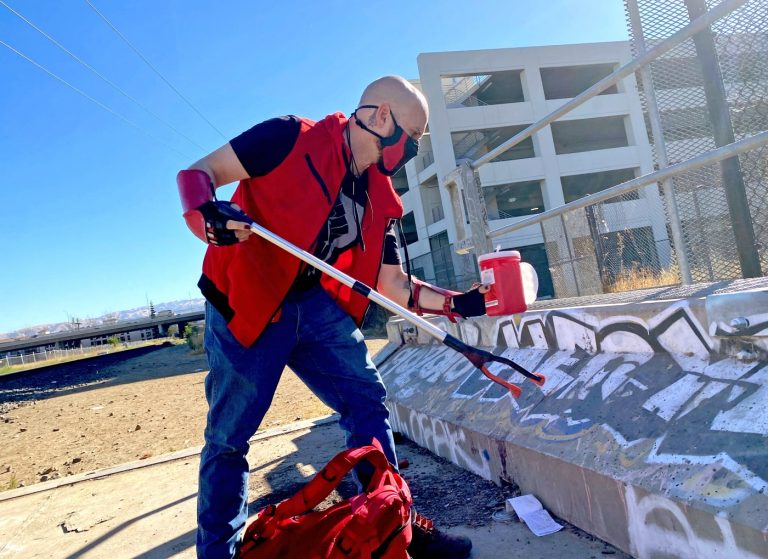

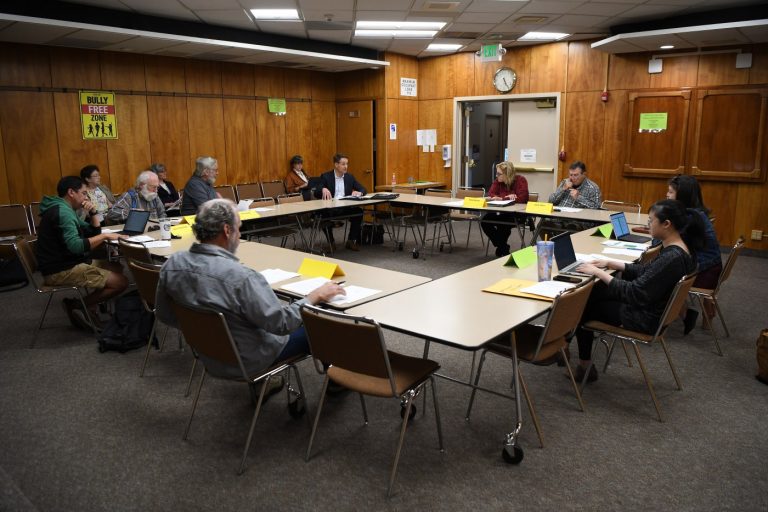


+ There are no comments
Add yours